The discovery of life processing with UV-excited qubits supports a conjecture relative to the computing capacity of the universe.
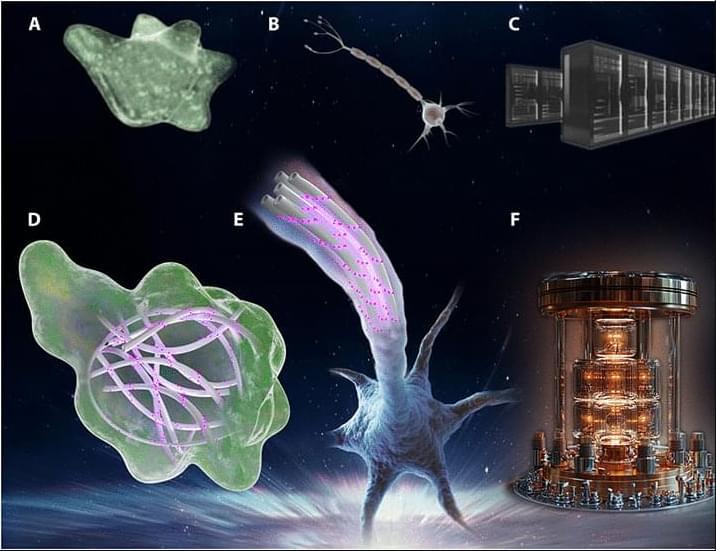

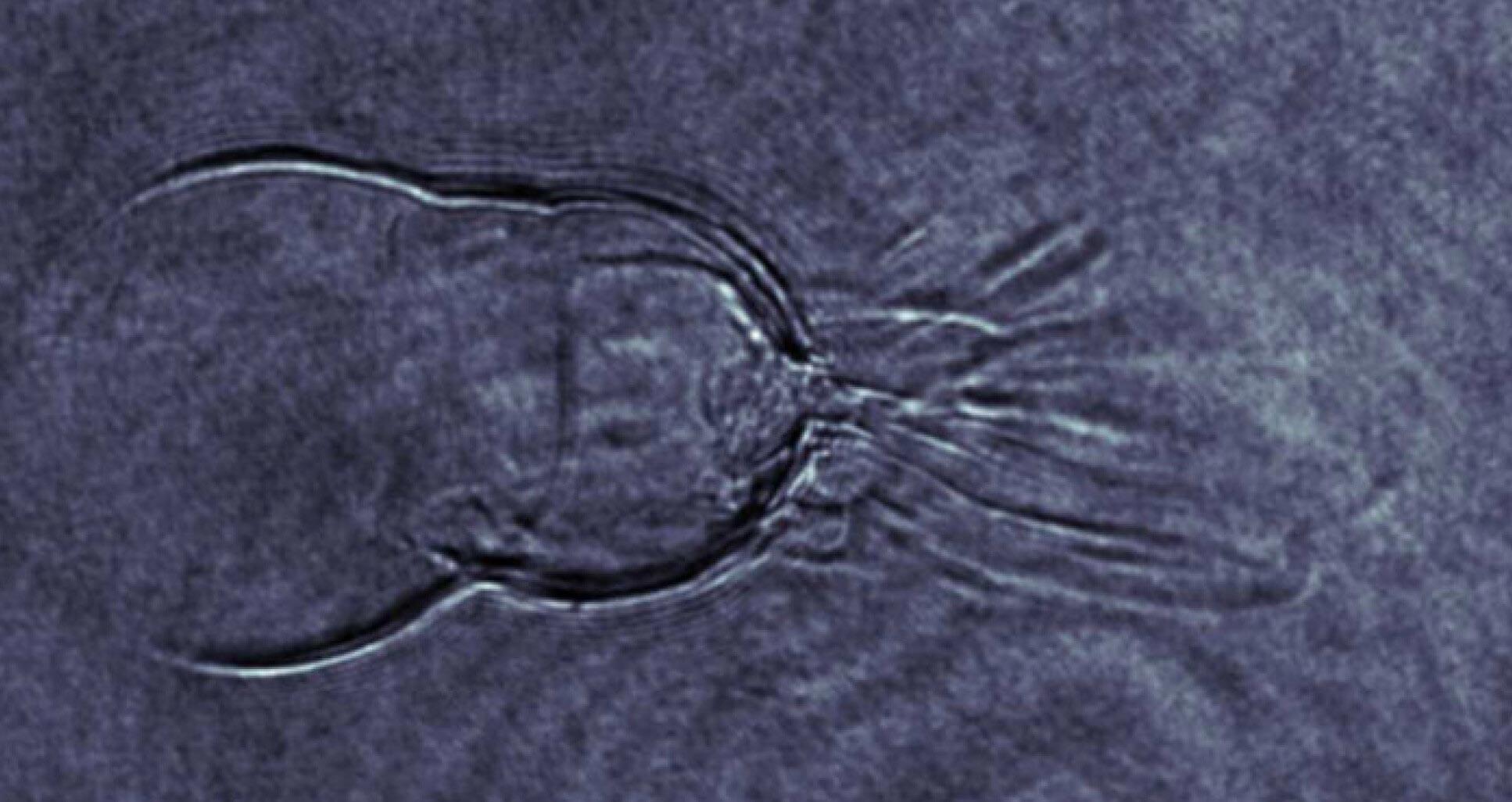
A recent study published in Physical Review Letters
<em> Physical Review Letters (PRL)</em> is a prestigious peer-reviewed scientific journal published by the American Physical Society. Launched in 1958, it is renowned for its swift publication of short reports on significant fundamental research in all fields of physics. PRL serves as a venue for researchers to quickly share groundbreaking and innovative findings that can potentially shift or enhance understanding in areas such as particle physics, quantum mechanics, relativity, and condensed matter physics. The journal is highly regarded in the scientific community for its rigorous peer review process and its focus on high-impact papers that often provide foundational insights within the field of physics.
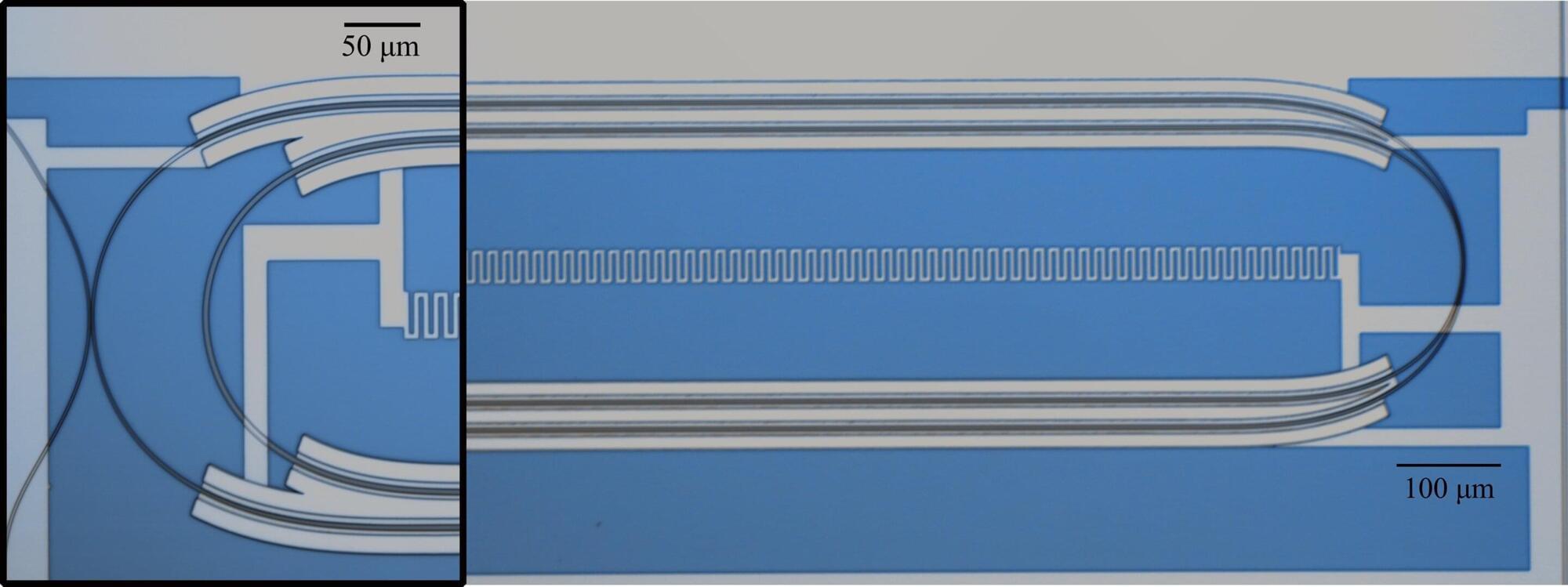
Applied physicists at the Harvard John A. Paulson School of Engineering and Applied Sciences (SEAS) have created a photon router that could plug into quantum networks to create robust optical interfaces for noise-sensitive microwave quantum computers.
The breakthrough is a crucial step toward someday realizing modular, distributed quantum computing networks that leverage existing telecommunications infrastructure. Comprising millions of miles of optical fiber, today’s fiber-optic networks send information between computing clusters as pulses of light, or photons, all around the world in the blink of an eye.
Led by Marko Lončar, the Tiantsai Lin Professor of Electrical Engineering and Applied Physics at SEAS, the team has created a microwave-optical quantum transducer, a device designed for quantum processing systems that use superconducting microwave qubits as their smallest units of operation (analogous to the 1s and 0s of classical bits).
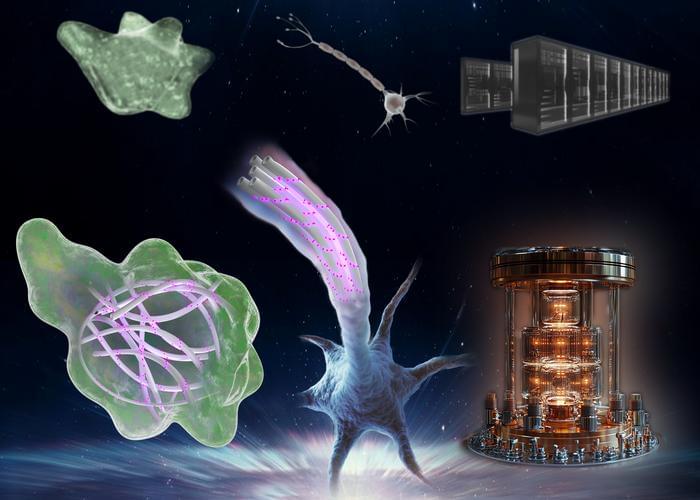
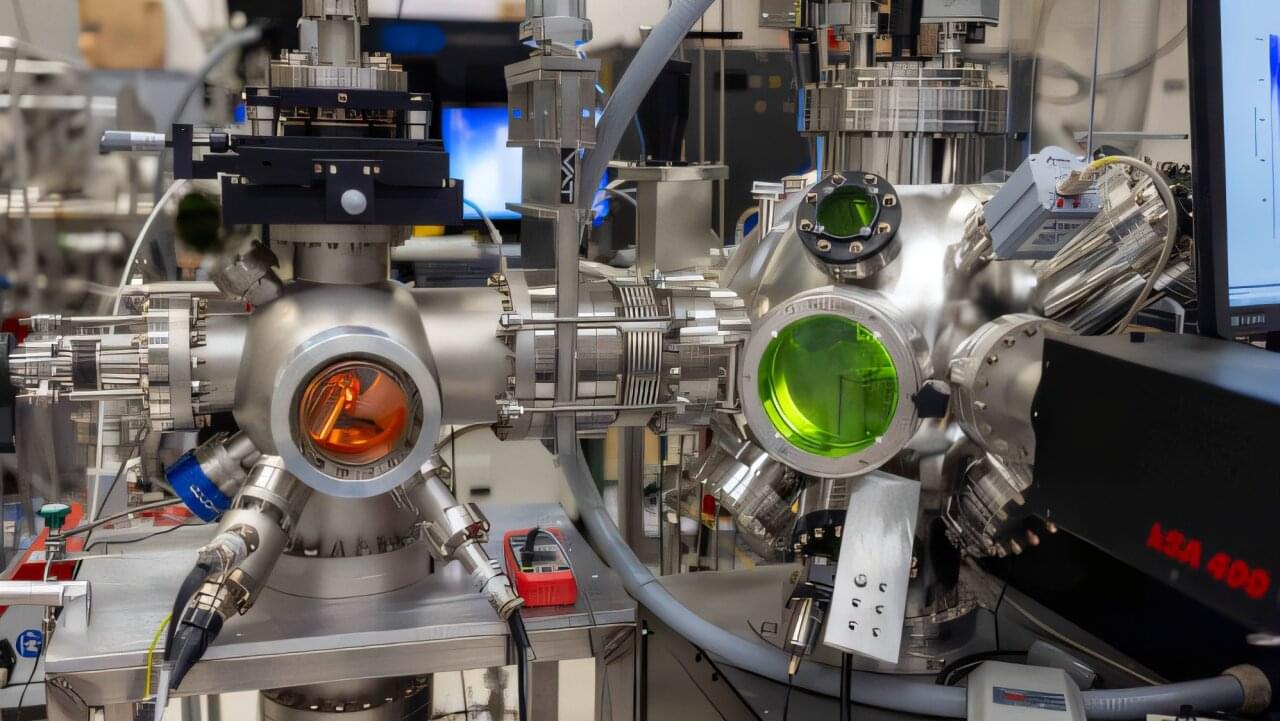
An international team led by Rutgers University-New Brunswick researchers has merged two lab-synthesized materials into a synthetic quantum structure once thought impossible to exist and produced an exotic structure expected to provide insights that could lead to new materials at the core of quantum computing.
The work, described in a cover story in the journal Nano Letters, explains how four years of continuous experimentation led to a novel method to design and build a unique, tiny sandwich composed of distinct atomic layers.
One slice of the microscopic structure is made of dysprosium titanate, an inorganic compound used in nuclear reactors to trap radioactive materials and contain elusive magnetic monopole particles, while the other is composed of pyrochlore iridate, a new magnetic semimetal mainly used in today’s experimental research due to its distinctive electronic, topological and magnetic properties.
At times, the reactions do not produce the intended results, and this is where simulations are used to understand what might have caused the anomalous behavior. Chemistry students are often tasked with running these simulations to learn to think critically and make sense of discoveries.
As the complexity of the process increases, more advanced computing infrastructure is required to carry out these simulations. To understand these reactions at a quantum level, theoretical chemists even use specialized software packages to streamline their research and automate the simulation process. AutoSolvateWeb is just a chatbot but can help even non-experts achieve this level of competence.
AutoSolvateWeb helps compute the dissolving of a chemical, referred to as a solute, into a substance called a solvent. The resultant solution is called the solvate, hence the name. While theoretical chemists use computation software to convert this into simulations that look much like 3D movies, AutoSolvateWeb can achieve the same output through a chatbot-like interface with the user.


npj Quantum Inf ormation volume 11, Article number: 37 (2025) Cite this article.
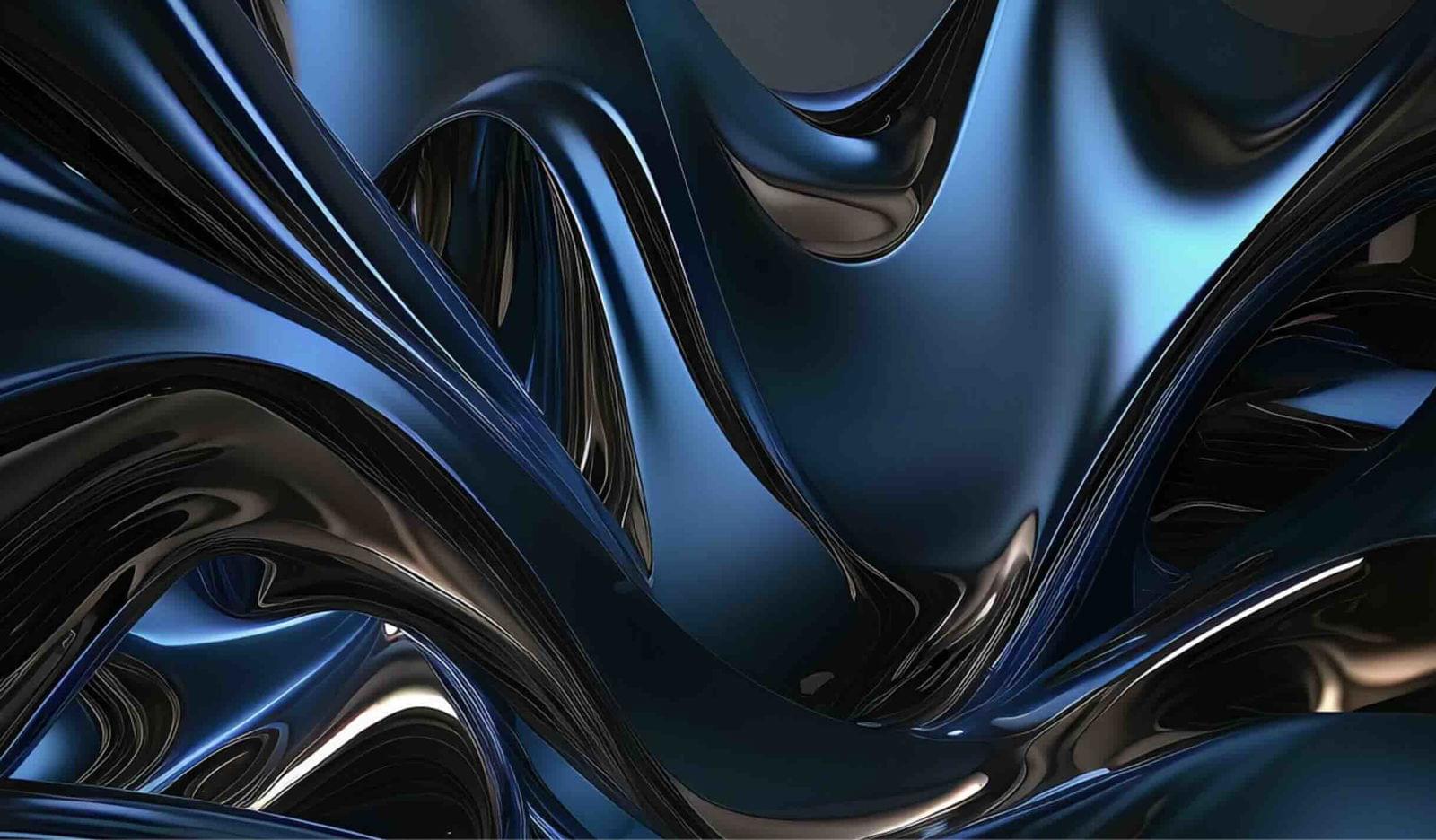
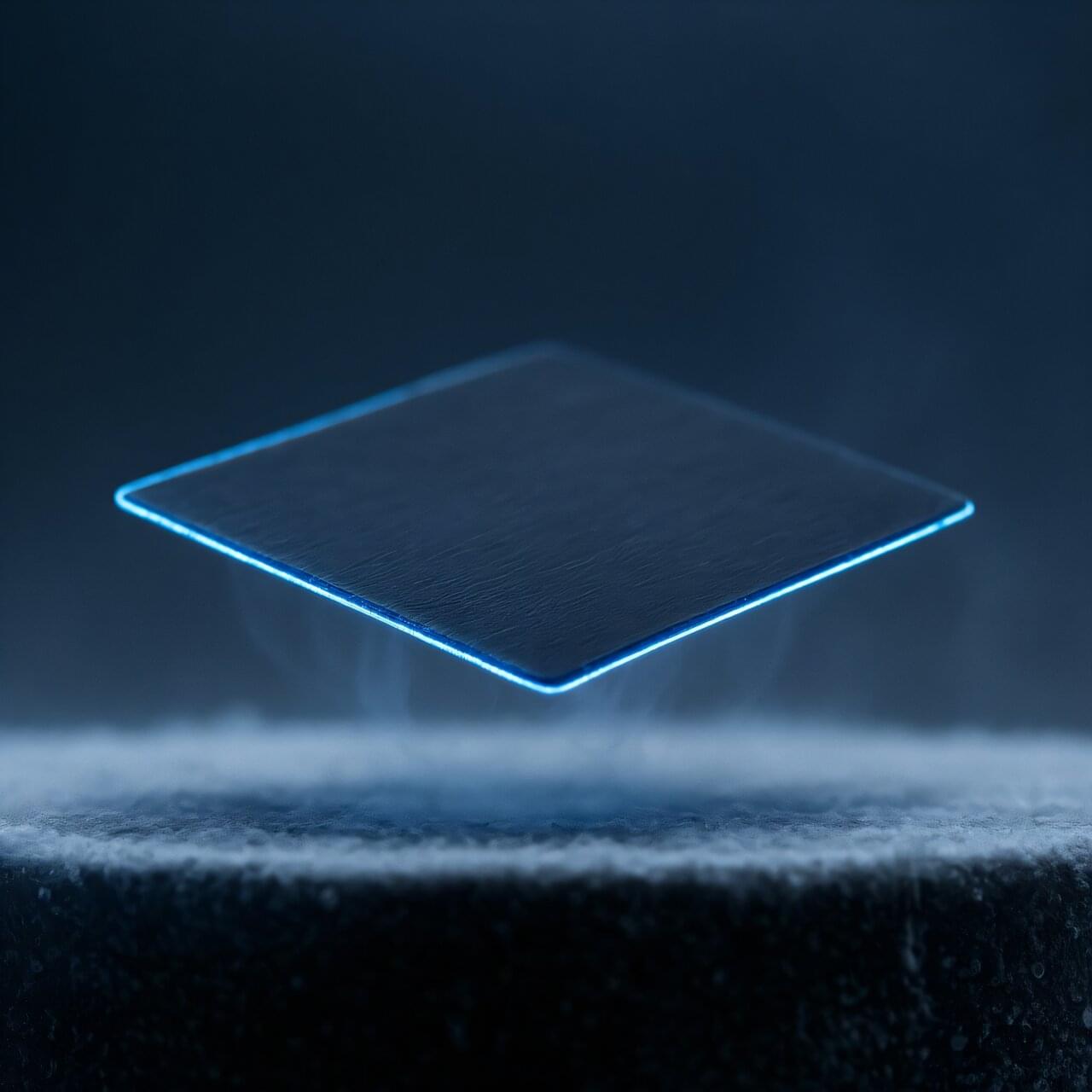
Magnesium is a common chemical element, an alkaline earth metal, which is highly chemically reactive and is very light (even lighter than aluminum). Magnesium is abundant in plants and minerals and plays a role in human physiology and metabolism. In the cosmos, it is produced by large aging stars.
Among its physical properties, while it is a good conductor of electricity, magnesium is not known to be a superconductor. Superconductors are particularly promising materials with the potential to revolutionize energy transmission, medical imaging, and quantum computing, and are defined by their ability to conduct electricity without resistance below a certain critical temperature.
Recently, with my colleague Giovanni Ummarino from Turin Polytechnic, I have started challenging the textbook paradigm that states only certain elements in the periodic table can be superconductors. In particular, my colleague and I have shown that the phenomenon of quantum confinement can turn non-superconducting elements into superconductors. Our research is published in Condensed Matter.